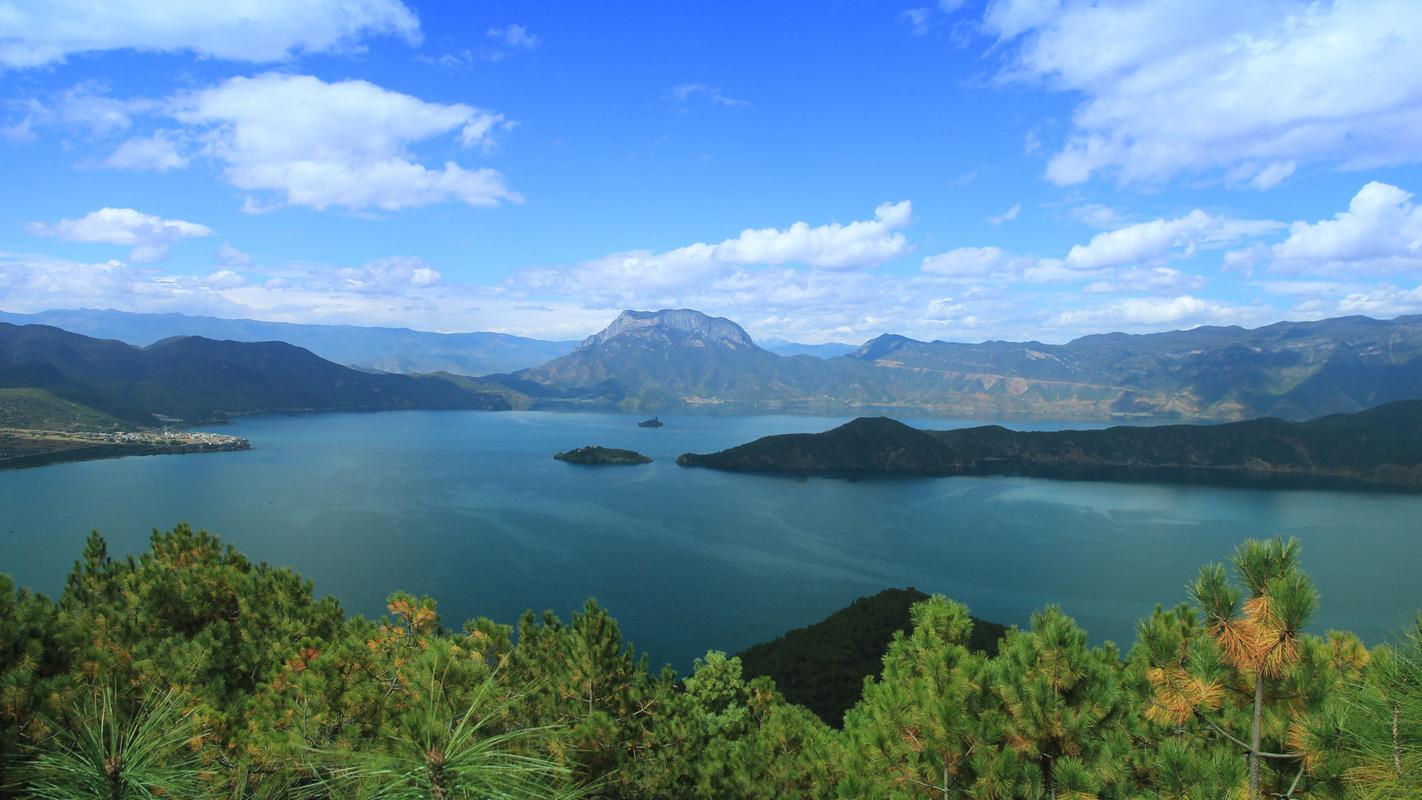The Fascinating Scientific Information on Clouds You Never Knew
When we look up at the sky and see the beautiful and ever-changing formations of clouds, we often take them for granted. But did you know that clouds are much more than just puffy white things in the sky? They are actually fascinating and important structures that play a crucial role in the Earth’s climate. In this article, we will explore the scientific information on clouds that you never knew.
What are clouds?
Clouds are visible masses of water droplets or ice crystals that float in the atmosphere. They form when warm, moist air rises and cools, causing the water vapor in the air to condense into visible droplets or crystals. Clouds come in many different shapes and sizes, and they can be found at different altitudes in the atmosphere.
How do clouds affect the climate?
Clouds play a critical role in regulating the Earth’s climate by reflecting and absorbing solar radiation. This helps to cool the planet’s surface and prevent it from overheating. The amount of solar radiation that is reflected by clouds depends on their type, thickness, and height in the atmosphere. High, thin clouds tend to reflect more sunlight than low, thick clouds.
At the same time, clouds also trap heat radiated from the Earth’s surface. This is known as the greenhouse effect, and it helps to keep the planet warm enough to support life. However, too many clouds can lead to cooling, while too few can cause warming.
What are the different types of clouds?
There are many different types of clouds, each with their own unique characteristics and formations. Here are a few of the most common types:
– Cumulus clouds: These are the iconic puffy white clouds that we see on a sunny day. They are formed by rising warm air and are usually associated with fair weather.
– Stratus clouds: These are low, flat clouds that can cover large areas of the sky. They are often associated with overcast or drizzly weather.
– Cirrus clouds: These are high, wispy clouds that are made of ice crystals. They are often called “mare’s tails” because of their appearance.
– Cumulonimbus clouds: These are large, tower-like clouds that can produce thunderstorms and lightning. They are often associated with severe weather.
What are some interesting cloud formations?
Clouds can form many intriguing and beautiful shapes and formations. Here are a few examples:
– Lenticular clouds: These are lens-shaped clouds that form over mountains or other obstructions in the atmosphere. They often resemble flying saucers and are a common sight in the western United States.
– Shelf clouds: These are low, horizontal clouds that form at the leading edge of a thunderstorm. They can be quite dramatic and are often associated with strong winds or downdrafts.
– Mammatus clouds: These are bulbous, pouch-like clouds that hang beneath a thunderstorm. They are often associated with severe weather and are sometimes called “bubble clouds.”
Conclusion
Clouds are much more than just fluffy white things in the sky. They are fascinating and important structures that help to regulate the Earth’s climate. By reflecting and absorbing solar radiation and trapping heat, clouds play a critical role in keeping our planet habitable. So the next time you look up at the sky, take a moment to appreciate the amazing world of clouds.
(Note: Do you have knowledge or insights to share? Unlock new opportunities and expand your reach by joining our authors team. Click Registration to join us and share your expertise with our readers.)
Speech tips:
Please note that any statements involving politics will not be approved.
